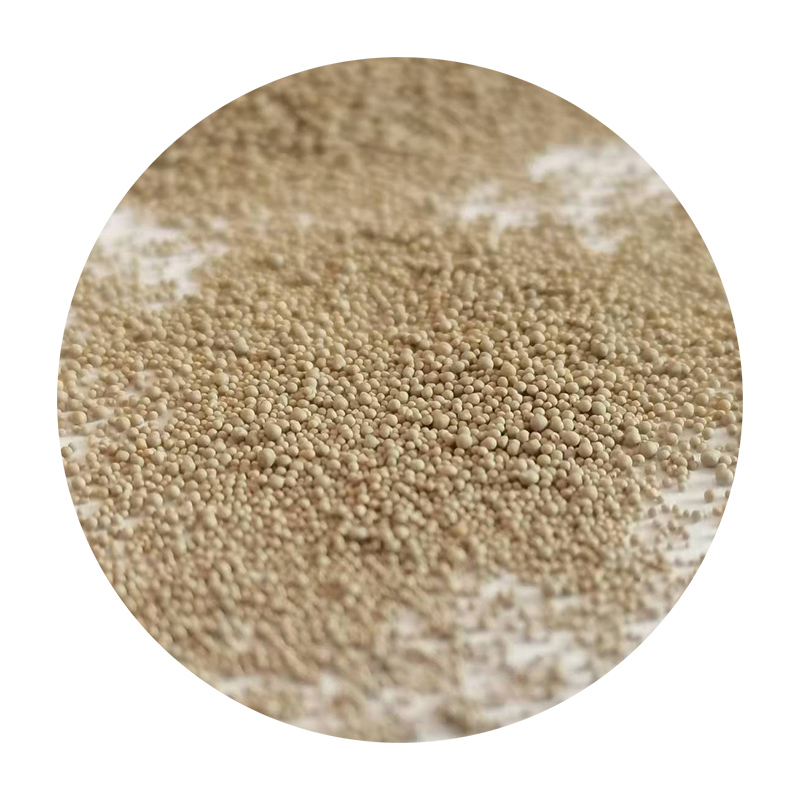What to Sand Resin With A Comprehensive Guide
Sanding resin can be a tricky process if not done properly. Whether you are working with epoxy resin, polyester resin, or other types, careful sanding is essential for achieving a smooth and professional finish. This guide aims to provide you with everything you need to know about what to sand resin with, including the best tools and techniques.
Understanding Resin Sanding
Before diving into the sanding process, it’s essential to understand what resin is and why it requires sanding. Resin, particularly epoxy resin, is often used in various applications, including arts and crafts, jewelry making, and furniture finishing. Though it cures to a hard finish, it can have an uneven surface, dust particles, or require adjustments for a seamless look.
Tools You Will Need
1. Sanding Discs and Sheets The choice of sandpaper or sanding discs is crucial for effective sanding. Resin can be quite hard, requiring materials with a higher grit. Start with a lower grit (around 80-120) to remove larger imperfections, then transition to higher grits (220-400) for finishing.
2. Orbital Sander For larger surfaces, an orbital sander can save time and ensure a smoother finish. These tools provide even pressure and reduce the chance of creating gouges or uneven spots.
3. Hand Sanding Blocks For more detailed or intricate work, using sanding blocks by hand allows for better control. You can wrap sandpaper around the block or use pre-made sanding blocks that make it easier to apply even pressure.
4. Wet Sanding Tools Wet sanding is beneficial for achieving a glass-like finish. This technique involves using water to reduce dust and keep the surface cool. It also helps in preventing scratches, resulting in a smoother finish.
5. Electric Sander A detail sander can be an excellent option for smaller, more intricate pieces of resin work. It allows you to access tight spaces while providing controlled sanding pressure.
what to sand resin with

6. Vacuum or Compressed Air After sanding, it's essential to clean the surface of any dust and debris. A vacuum or compressed air can help clear these particles, ensuring that your final finish looks as good as possible.
Sanding Process
1. Preparation Before sanding, ensure that the resin is fully cured. This can take anywhere from 24 hours to several days, depending on the resin type and environmental conditions. Always follow manufacturer instructions for best practices.
2. Initial Sanding Start with low grit sandpaper to remove any prominent imperfections. Sand evenly, applying consistent pressure. Avoid staying in one spot too long to prevent gouging.
3. Progress to Higher Grits Once you have removed the major imperfections, switch to higher grit sandpaper for a smoother finish. This step may take some time, but it’s crucial for obtaining a polished look.
4. Wet Sanding To achieve the best results, consider wet sanding after you've gone through the higher grits. Submerge the sandpaper or use it with running water over the resin surface. This technique helps to minimize debris and reduces friction.
5. Final Touches After sanding, clean the surface thoroughly. You may also want to polish the surface after sanding to enhance the shine and improve overall aesthetics.
Conclusion
Sanding resin is a necessary step to bring out the best in your projects, whether for aesthetic or functional purposes. By choosing the right tools and techniques, you can achieve a perfect finish that showcases your resin work beautifully. With a little practice and patience, sanding resin can transform your projects from good to truly exceptional. Use this guide as a reference, and you’ll be well on your way to mastering the art of resin sanding.
Post time:नोभ . 02, 2024 14:13
Next:fill 3d print with sand
